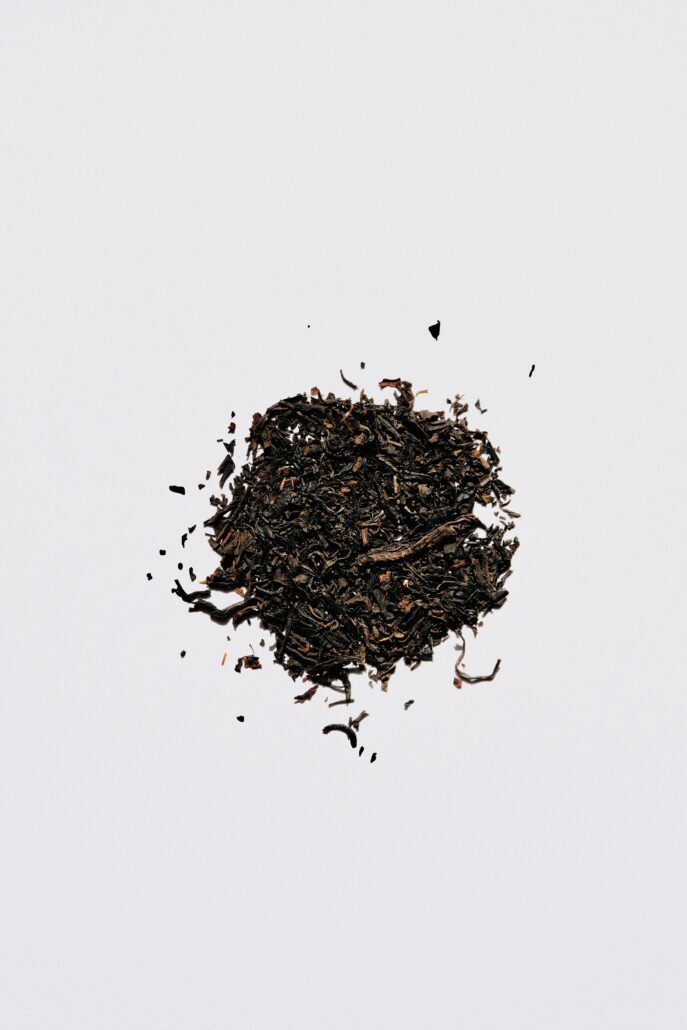Smokeless Tobacco Research Study
Researchers at Battelle Public Health Research Center are partnering with smokeless tobacco users to learn more about how flavor and nicotine type impact nicotine consumption. Join our compensated study today.

Fast Facts
21-65 years old
use smokeless tobacco regularly
Compensation Provided
Conducted in Baltimore, MD
Study Background
The purpose of this research study is to test how flavor and nicotine type affect nicotine intake for nicotine pouches (Zyn, On!) and smokeless tobacco. This could also help us better understand how nicotine pouches may impact people’s health.
If you decide to participate in this study, you will be asked to try 4 different nicotine pouches (3 with tobacco derived nicotine and 1 with synthetic nicotine) as well as use your own chewing tobacco or moist snuff once. Participants will complete a screening visit to confirm eligibility which will last approximately 1.5 hours and 5 experimental visits lasting approximately 6 hours.

Study Background
The purpose of this research study is to test how flavor and nicotine type affect nicotine intake for nicotine pouches (Zyn, On!) and smokeless tobacco. This could also help us better understand how nicotine pouches may impact people’s health.
If you decide to participate in this study, you will be asked to try 4 different nicotine pouches (3 with tobacco derived nicotine and 1 with synthetic nicotine) as well as use your own chewing tobacco or moist snuff once. Participants will complete a screening visit to confirm eligibility which will last approximately 1.5 hours and 5 experimental visits lasting approximately 6 hours.
Additional Information
You may qualify for this study if you meet the following criteria.
Inclusion Criteria:
- Between the ages of 21-65 years.
- Able to read and write in English.
- Use smokeless tobacco regularly (dip, chewing tobacco, moist snuff, Copenhagen, Skoal, Grizzly, etc.)
- Willing to use flavored nicotine pouches (Zyn, On!, etc.)
- Not pregnant, not lactating, and agree to use one or more methods to minimize the possibility of becoming pregnant from the time of signing the informed consent through the end of the study
- No major health conditions
- Not currently using nicotine replacement therapy (NRT), using cessation medications, or actively trying to quit smokeless tobacco use
Participation in this study involves an initial phone screen and an in-person screening visit. These visits will occur during regular business hours, Monday-Friday. This visit will last approximately 1.5 hours and will include reviewing eligibility questions similar to what was asked over the phone, questions about your tobacco use, surveys related to smokeless tobacco use, vital signs collection, and a vein assessment to determine if we will be able to draw blood.
Eligible participants will be enrolled in the study and participate in 5 study visits lasting approximately 6 hours. These visits will occur during regular business hours Monday – Friday. During these visits participants will use the product (nicotine pouch or own chewing tobacco/moist snuff) for 30 minutes in the morning, then have about a 1.5hr break and then use at will for the reminder of the visit. Throughout the day at various times staff will collect vital signs and blood samples and participants will be asked to complete questionnaires on a laptop.
There are two main types of smokeless tobacco in the United States: chewing tobacco and snuff, including snus. Chewing tobacco is cured tobacco in the form of loose leaf, a plug or a twist. Snuff is cut tobacco that can be loose or put into a pouch and placed in the mouth (usually between the bottom lip and gum). Examples of smokeless tobacco brands are Copenhagen, Skoal, Beechnut, and Grizzly.
Nicotine pouches are like portioned smokeless tobacco, in that they are a small bag that is placed in the mouth. Nicotine pouches contain nicotine, but not tobacco leaf. Some pouches contain nicotine that comes from a tobacco plant and others contain synthetic nicotine. Nicotine Pouches are often flavored and are usually placed in between the gums and upper lip. Unlike with smokeless tobacco, nicotine pouches do not require spitting. Some examples of these are Zyn, Velo, On!, and Sesh.



